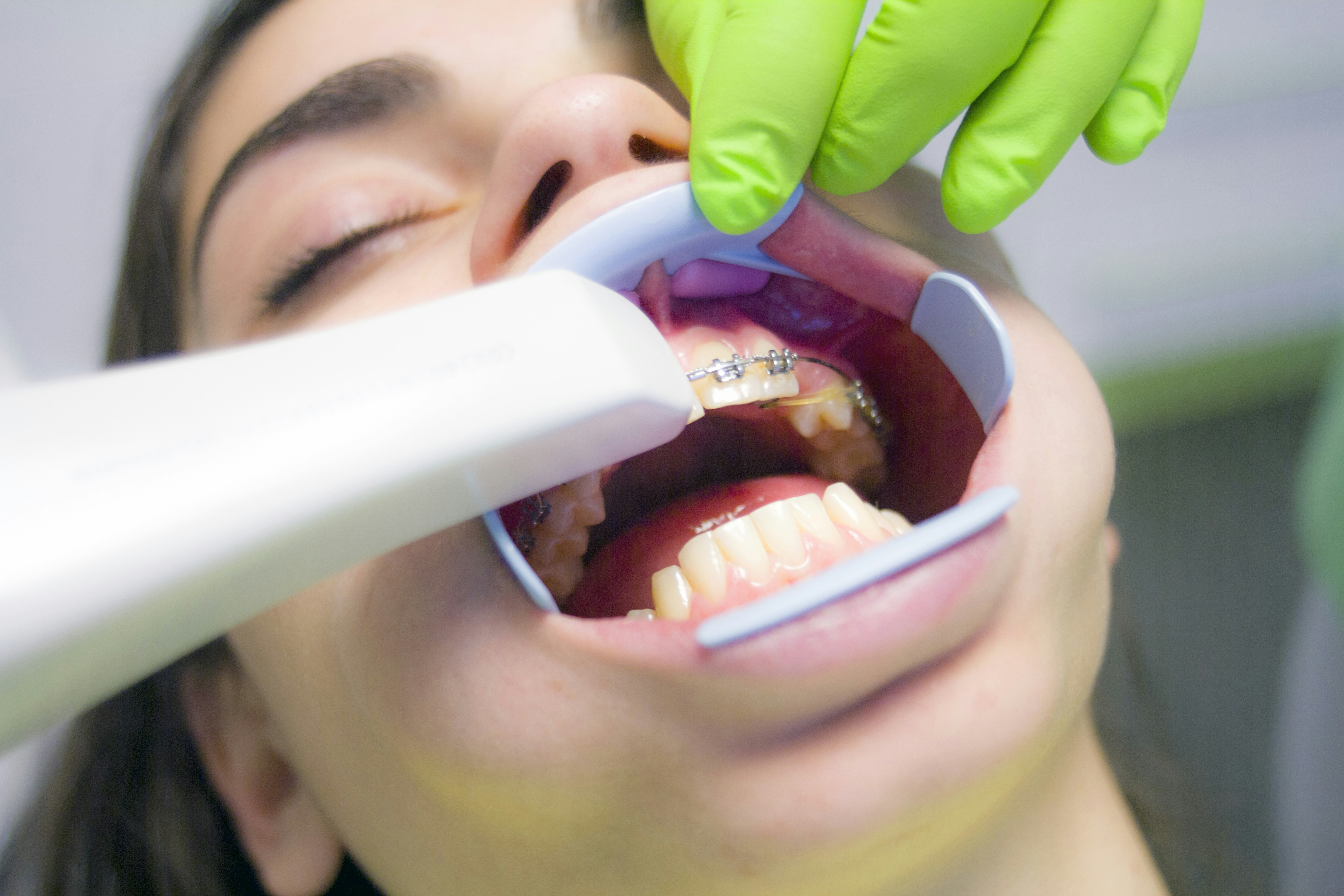The Path To Finding Better

If there is a cavity that forms between the teeth, it is called an interdental cavity or interproximal cavity. Unlike regular cavities that develop on the biting surfaces of teeth, interdental cavities can be more difficult to spot and often remain unnoticed until they progress to an advanced stage. Knowing the signs of an interdental cavity can assist in seeking prompt dental treatment and preventing additional damage. This page has all the info you need.
1 Picture Gallery: The Path To Finding Better
One common sign of an interdental cavity is sensitivity to hot and cold temperatures. An interdental cavity exposes the underlying dentin, which is more sensitive than the outer enamel. Consequently, you may feel a sudden, fleeting pain when you consume hot beverages or cold desserts. This sensitivity is a clear indication that there is a problem with your teeth and should not be ignored.
Prolonged sensitivity to sugary foods is another sign to be mindful of. If you experience lingering pain or discomfort after eating sugary treats, it could be an indication of an interdental cavity. The existence of a cavity allows sugars to infiltrate the affected region, resulting in enduring sensitivity and discomfort. If the sensitivity lingers even after you’ve finished consuming sweets, it is advisable to consult your dentist for a comprehensive evaluation.
Toothache and gum sensitivity are additional signs that may suggest the presence of an interdental cavity. As the cavity progresses, it can affect the surrounding gums and cause inflammation and tenderness. You may experience pain when biting down or applying pressure to the affected area, along with sensitivity when brushing or flossing around the affected teeth. If you observe these symptoms, it is vital to seek dental care promptly to prevent additional damage and potential complications.
Stains appearing between the teeth can also signify the presence of an interdental cavity. As the cavity worsens, it can trap food particles and bacteria, causing discoloration in the spaces between the teeth. The emergence of brown or black stains in the crevices between your teeth should raise concerns. While regular dental cleanings and proper oral hygiene can help prevent staining, persistent discoloration should prompt a visit to the dentist. You can read more on the subject here!
The existence of holes or pits in the teeth is another visible indication of an interdental cavity. When a cavity forms between teeth, it gradually erodes the enamel, leading to the formation of small holes or pits in the affected area. These holes or pits may be observable without any aid or may necessitate the use of dental instruments for a comprehensive evaluation. If you notice any irregularities or abnormalities in the texture of your teeth, it is important to arrange a dental appointment for a comprehensive evaluation and suitable treatment.
To conclude, it is crucial to be able to identify the signs of an interdental cavity in order to maintain optimal oral health. Indicators such as sensitivity to hot and cold, prolonged sensitivity to sweets, toothache and gum sensitivity, staining between teeth, and the presence of holes or pits in teeth should never be disregarded. By being proactive and seeking timely dental care, you can prevent further damage, potential complications, and maintain a healthy smile. It is crucial to schedule regular dental check-ups, adhere to good oral hygiene practices, and promptly address any worrisome symptoms to safeguard your oral well-being. Through vigilance and a commitment to oral care, you can effectively prevent and manage interdental cavities, securing a lifetime of dental health and well-being. Here’s the link to learn more about the awesome product here.
Another Source: this contact form
This post topic: Health Care & Medical


